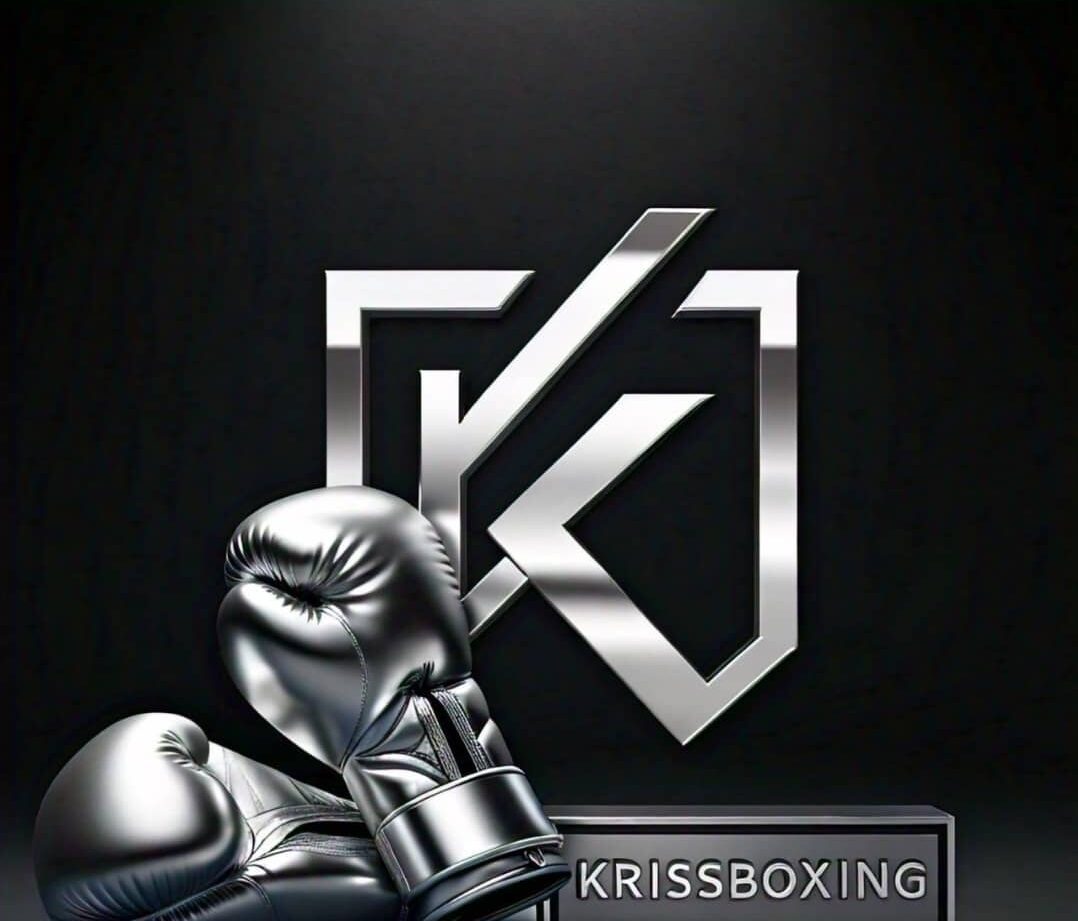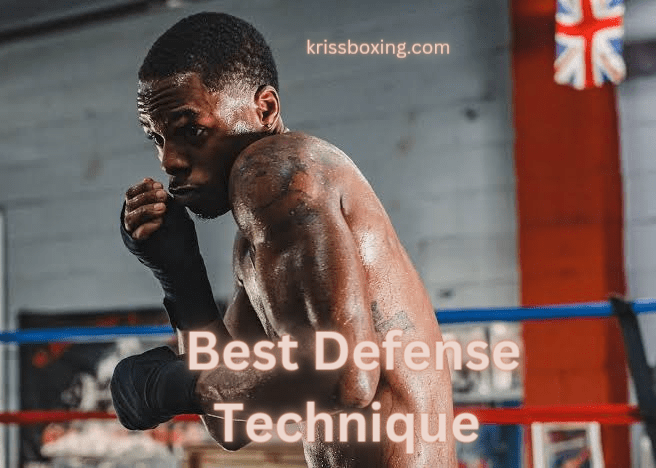Good defense is the backbone of boxing because it protects the punches from your opponent and sets you up for counterpunching.
The ability to use varied defense techniques decreases the damage and opens an avenue for offense. Before we go into details on the top 10 defense techniques every boxer needs to know, let us take a look at the best technique in boxing.
Which Technique is the Best in Boxing?
The best boxing technique is subjective, as it depends on the style, strengths, and situation of a boxer athlete inside the ring. However, many boxing trainers and experts single out one technique as most vital and versatile: the jabbing technique.
It is usually considered one of the finest strategies in boxing since the jab offers a vast arena of versatility and control over the opponent and setup capabilities. Offensively, defensively, and as part of a combination, this punch is multi-purposeful; it controls distance, disrupts the opponent’s rhythm, and sets up other punches.
Having a superior jab will keep your opponent at bay. Then we can remain the master of the fight because we control the pace and distance in a battle, which helps execute both offensive and defensive strategies.
The jab also sets up more powerful punches like the cross, hook, and uppercut. Boxers can thus create openings for these more challenging shots by using the jab effectively. In addition to being one perfect offensive weapon, the jab can serve as a great defense tool, it keeps opponents at bay and disrupts their attacks. Moving forward, lets now explain the 10 best defense techniques, the benefits and guides.
10 Best Defense Techniques: Guides and Benefits
Below are the best defense techniques every boxer should know:
1. The High Guide
How to Use the High Guard
One of the core defense stands is a high guard, which refers to the holding of the hands high in the guarding of both the head and the chin. The technique requires one to close the elbows to the body so that it guard the ribs while the hands—the gloves—are kept high to step in on the face, thus blocking punches that hit on the face.
Benefits of the High Guard
- Full Protection: It guarantees protection to the maximum level of a person’s upper body and head.
- Smoothly change over: This enables a switching over of the offensive movement in a short duration of time.
2. Shoulder Roll
How To Do the Shoulder Roll
The shoulder roll, popularized by fighters like Floyd Mayweather Jr., essentially rolls your shoulders down to deflect punches while keeping your lead hand low and rear hand high. It’s a shoulder defense, deflecting the oncoming punch clear of contact with the head.
Benefits of the Shoulder Roll
- Reducing Injury: It blocks punches by taking them through the shoulder and forearm.
- Sets Up Counters: Creates opportunities to counterpunch while avoiding direct hits.
3. Slipping
How to Slip Punches
Slipping: It involves head movement towards either side in response to straight punches. When the opponent throws a jab or a cross, you slightly bend at your knees and move your head to either side and a reply to that punch, it’s a miss.
Benefits of Slipping
- Avoids Contact: Be sure not to receive that brutal hit.
- Keeps Offense Position: Resides close enough to you to counterattack.
4. Bobbing and Weaving
How To Bob and Weave
Bobbing and weaving: moving the head in a U-shape, avoiding punches that way bending at the knees under, and moving the head aside from punches.
Benefits of Bobbing and Weaving
- Dodges Multiple Punches: Works with punches in bunches.
- Creates Counter Opportunities: Puts you into the position to deliver powerful counters.
5. Parrying
How to Parry Punches
Parry is defined as the redirecting of a blow that comes from the outside with the use of your gloves. This is typically done by directing this punch aimed at you away from the body, using your glove in fast, small movements.
Benefits of parrying
- Efficient Defense: Less energy consuming.
- Disrupts Rhythm of Opponents: It can put them at risk too.
6. Blocking
How to Block Against Punches
Blocking is receiving faced assaults with the help of one’s gloves, forearms, and elbows. For example, a blocking of a body shot can be done by lowering an elbow to act as rib protection.
Benefits of Being Blocked
- Direct Protection: Absorbs the power of the punch.
- Stabilizes: Keeps you in range of a counterattack.
7. Footwork
How to Apply Footwork
Good footwork involves moving your feet effectively for distance and angles, as well as preventing blows from coming your way. Good footwork will provide you with balance and mobility, while great footwork will make it hard for your opponent to land the right shots.
Benefits of Footwork
- Keeps Distance: Ensures that you are at a suitable distance from the hits thrown by your opponent.
- Establish Angles: Puts you in a better position to be on the offensive.
8. Clinching
How to Use a Clinch
Clinching is when the arms are wrapped around your opponent to impede his attack and stop the action. This is mainly done when you want to have a breather or change your opponent’s rhythm.
Benefits of clinching
- Stops Opponent’s Momentum: Interrupts the opponent’s offensive attack.
- It allows you to recover and plan what you will do next.
9. Rolling with Punches
How To Roll with Punches
The following rolling with punches passage commands that as the punch is about to hit you, you follow through with moving your body toward that punch. You flow with the punch, diminishing its force to do damage.
Benefits of Rolling with Punches
- Reduces Impact: Reduces the quantum of damage by blows.
- Maintains Balance: Stops you from offsetting balance.
10. Head Movement
Importance of the Head Movement
Continue to move your head, move your head side-to-side, up-and-down, or around in a circle to avoid punches and confuse your opponent.
Benefits of Head Movement
- Slip or Duck the Punches: You avoid clean shots from your opponent.
- Defense gets better: Makes you move swiftly and be prepared for a follow-up.
Frequently Asked Questions (FAQs)
In boxing, why do you both need defense?
Defense is so important in boxing for the minimization of damage, the prolongation of careers, and the opportunity to get that counterattack. Mastering defensive skills will save you from getting some unwarranted punishment, make you last longer, and outmaneuver whoever you are fighting way past the distance.
What is the most effective defensive skill for novices?
The whole guard is ideal for beginners because it protects a large portion of the head and most of the body. One simply keeps his hands up with his elbows in to effectively cover punches.
How, exactly, does footwork lend to the best possible defense?
Footwork maintains distance, creates angles, keeps one out of the way of the opponent's punches, maintains a base, and, as such, makes it difficult for an opponent to land punches while putting oneself in a superior position to strike.
How would you describe this technique, the shoulder roll?
The shoulder roll, popularized by Floyd Mayweather Jr., is an excellent technique in using your shoulder to deflect punches while keeping your lead hand low and your rear hand high. This is a skill of great timing and proper body movement, so you can avoid shots and get in position for ripostes.
Which mistakes should you be conscious of and avoid when working on defense?
Dropping your hands, lousy footwork, a lack of head movement, and telegraphing your defense are classic mistakes. These faults make you a lot more open to attack and make a bigger window of opportunity for the attack to get through to you.
Conclusion
Conclusion Mastery of these ten techniques would build up your boxing skills. Each of the methods plays its unique pattern and offers different benefits, thus making you versatile and imperative in a fight.
Put these into your routine training to enhance your ability of defense and improve your performance in the ring.



okay i will practice this techniques